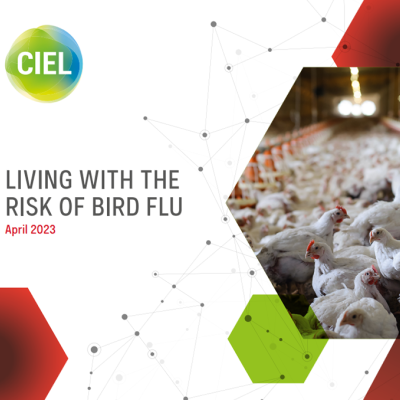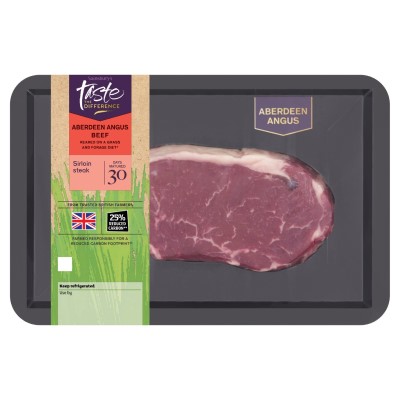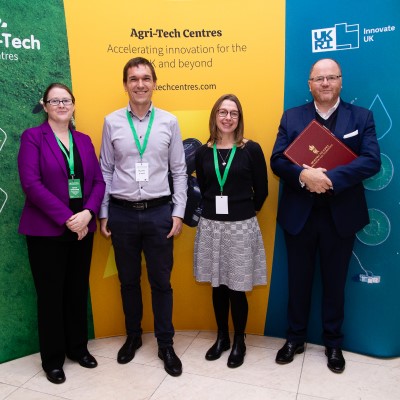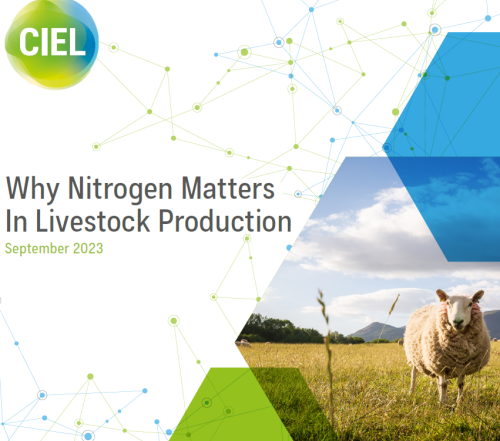CIEL | News: Industry report launched detailing pathway to living with the risk of bird flu
How the UK poultry industry can learn to live with the risk of bird flu is the subject of a new report launched by CIEL.
Commissioned by CIEL and authored by Professor Lisa Boden and her team at the University of Edinburgh’s Global Academy of Agriculture and Food Systems, the ‘Living with the risk of bird flu’ report documents existing evidence on bird flu, identifies knowledge gaps, and recommends future research priorities to help manage and prevent the disease.
Dr Mark Young, head of innovation at CIEL, explained: “The UK experienced the worst outbreak of Highly Pathogenic Avian Influenza (HPAI) in 2022, both in terms of frequency and severity.
“With the disease showing no signs of abating, it’s vital the industry considers how we can live with the risk of disease; how we address some of the challenges the industry faces when dealing with the ongoing threat of bird flu, possible prevention and control methods, and the role of science and innovation in helping to tackle the disease,” said Dr Young.
The report acknowledges the far-reaching negative impacts bird flu can have on animal and human health, as well as the potential consequences on international trade, food security and the environment.
“To date, strict biosecurity measures have been recommended for all keepers of poultry to help control the spread of disease,” explained Dr Young.
“However, there is a significant degree of variability in biosecurity implementation across the sector due to different perceptions of risk and awareness of the regulation and guidance available among all poultry keepers.
“For future containment of the disease, strict biosecurity is needed on all types of holding, and vigilance and early detection of the disease has to be a shared responsibility for poultry producers irrespective of holding size or production system,” said Dr Young.
The report also highlights the importance of disease control policies being adaptable to new scientific evidence, alongside the need for trusted links between science, industry and policyhelp improve the speed of decision making and subsequent actions.
“For a number of these recommendations to be implemented successfully there has to be improved communication and collaboration across the whole supply chain to ensure up-to-date information is disseminated to all those involved,” added Dr Young.
“Better communication is one of the principle take home messages of this report to improve the UK’s ability to manage the risk of bird flu.”
Phil Bicknell, director of CIEL, said the need for a clear and concise summary of the UK’s current bird flu situation was a key factor in commissioning the report.
“Science and innovation were essential to how we successfully live with the risk of bird flu. Research into production systems, vaccine development, advances in genomic sequencing, and new technologies to support the rapid detection of the disease could all help manage this disease.
“Government support will continue to be required and enhanced to ensure that all outbreaks are handled promptly and competently.”
The full report can be read online here: www.cielivestock.co.uk/bird-flu-report-2023








